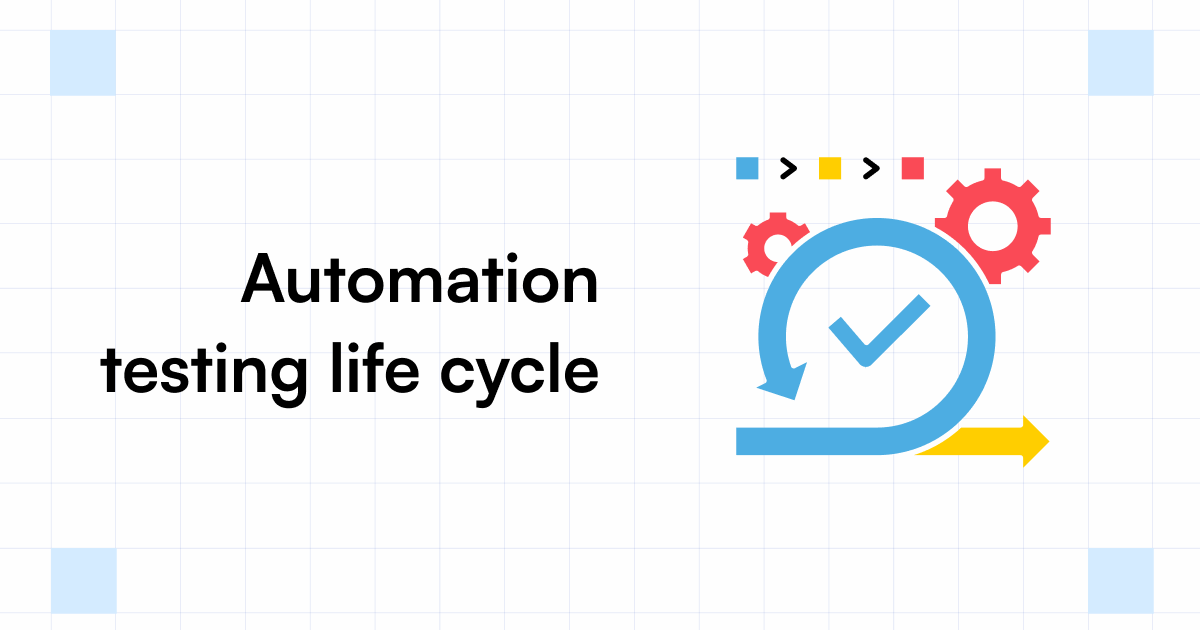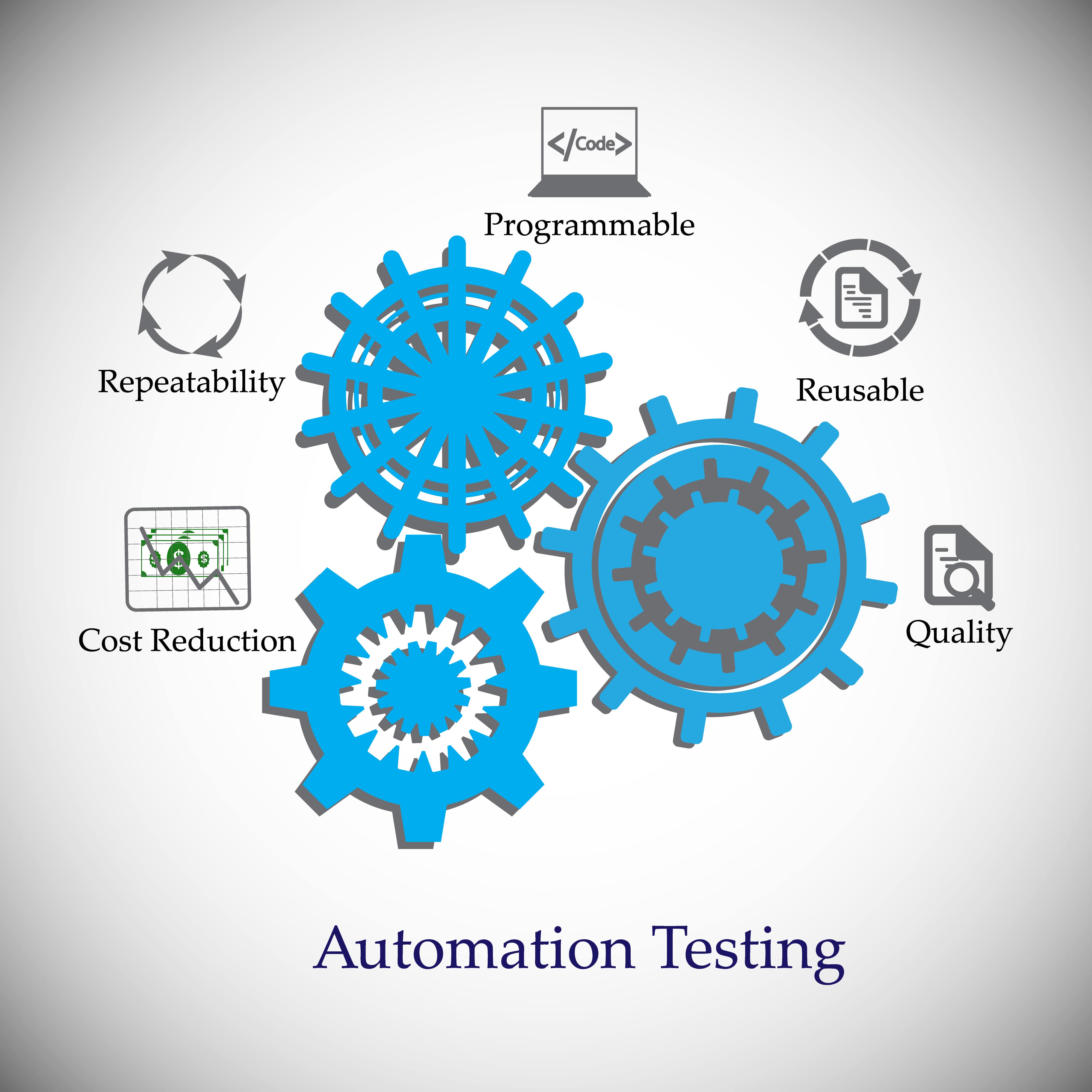From Handbook to Automated Screening: A Comprehensive Overview to Transitioning Efficiently and Successfully
In the world of software screening, the shift from guidebook to automated processes has actually ended up being an increasingly crucial transition for companies seeking to improve efficiency and precision in their testing methods. The journey from handbook to automated screening is not without its difficulties, but when come close to purposefully and with a clear plan in mind, the advantages can be considerable.
Advantages of Automated Evaluating
Automated screening uses numerous advantages, boosting efficiency and accuracy in software program development procedures. One key benefit is the considerable decrease in testing time. Automated examinations can be run at the same time on numerous devices and operating systems, significantly accelerating the screening phase compared to hands-on screening. This increased efficiency permits faster responses on the quality of the software application, allowing programmers to identify and deal with problems without delay.
In addition, automated testing guarantees a higher level of accuracy in discovering flaws. Considering that automated tests comply with predefined scripts, human error is reduced, resulting in more reputable test results. Uniformity in screening is also enhanced, as automated examinations carry out the exact same steps precisely each time they are run. This consistency is crucial in ensuring that all capabilities of the software program are completely examined, minimizing the possibility of undiscovered bugs sliding with to production.
Selecting the Right Devices

Firstly, assess your purposes and demands. Comprehend the extent of your job, the modern technologies involved, and the ability collection of your group. This analysis will aid you determine the attributes and capacities you require in your screening devices.
Secondly, consider the compatibility of the devices with your existing systems and procedures. Smooth assimilation with your present software application development lifecycle is necessary to make certain a smooth change to automation.
Furthermore, assess the scalability and adaptability of the devices. As your testing needs evolve, the devices must be able to adjust and fit changes successfully.
Finally, consider the assistance and community around the devices. When implementing automated testing, durable assistance and an active customer neighborhood can give important sources and support. By meticulously thinking about these facets, you can select the right devices that align with your demands and established the stage for an effective change to automated screening.
Writing Reliable Test Scripts

When crafting examination scripts, it is necessary to think about the specific demands of the software application being checked and guarantee that the manuscripts address all essential performances. Clear and detailed calling conventions for test scripts and examination cases can enhance readability and maintainability. More Info In addition, incorporating error handling devices within the test scripts can aid in identifying and attending to concerns quickly.
Moreover, arranging test scripts into modular parts can improve reusability and scalability, decreasing redundancy and boosting performance in test script upkeep. Normal reviews and updates to evaluate scripts are critical to keep pace with developing software application needs and functionalities. By following these principles, testers can produce durable and reliable test scripts that contribute considerably to the success of automated testing processes.
Integrating Automation Into Workflows
Effective assimilation of automation devices right into existing workflows enhances and improves processes efficiency within software application advancement cycles. When integrating automation into operations, it is crucial to identify repetitive jobs that can be automated to conserve time and lower human mistake. By flawlessly incorporating automated screening tools like Selenium or Appium into the software development lifecycle, groups can accomplish faster feedback on code changes, leading to quicker pest discovery and resolution. This assimilation enables constant testing throughout the development procedure, making sure that any type of issues are identified you could check here early on, leading to higher software application top quality. In addition, automation can be utilized to set off tests instantly after each code dedicate, providing prompt recognition and maximizing testers to concentrate on even more complex scenarios. Correct combination of automation tools needs collaboration in between advancement, testing, and procedures teams to develop a unified process that maximizes effectiveness and efficiency in providing top quality software program products.
Making Sure a Smooth Transition
Effectively transitioning to automated screening involves precise preparation and cautious execution to lessen disturbances and make best use of performance in the software growth process - automation testing. To guarantee a smooth shift, it is vital to begin by performing an extensive evaluation of the present screening procedures and determining locations where automation can bring one of the most substantial advantages. Involving with all stakeholders at an early stage while doing so, consisting of programmers, testers, and project managers, is essential for amassing support and buy-in for the automation effort
Communication is crucial during this transition stage. Clear communication of the goals, benefits, and assumptions of automated screening assists to handle any type of resistance or issues that may arise. Additionally, providing ample training and resources for staff member to upskill in automation devices and methods is crucial for making sure a successful transition.

Final Thought
Finally, transitioning from manual to automated testing provides various benefits, including boosted effectiveness and integrity. By picking the ideal devices, creating reliable examination manuscripts, and incorporating automation flawlessly into process, organizations can make sure a successful and smooth shift. It is necessary to accept automation as an important possession in software testing procedures to boost total high quality and efficiency.
In the realm of software program screening, the change from handbook to automated processes has become a significantly essential shift for organizations seeking to boost effectiveness and accuracy in their screening techniques. Automated tests can be run at the same time on multiple gadgets and operating systems, significantly speeding up the screening stage compared to hand-operated screening. Consistency in screening is likewise improved, as automated examinations carry out the same actions exactly each time they are run.To ensure the effective application of picked testing tools, the production of effective examination scripts plays a crucial duty in verifying the capability and efficiency of automated Visit Website processes - automation testing. By complying with these principles, testers can produce robust and reliable test scripts that contribute dramatically to the success of automated testing processes